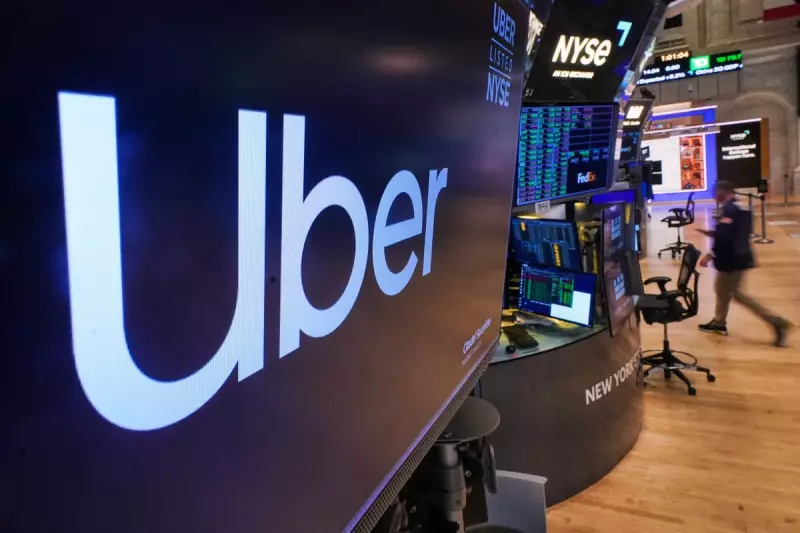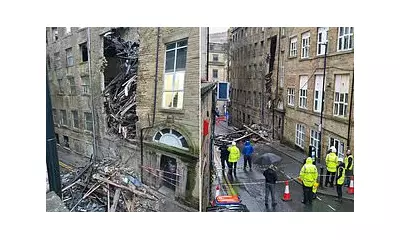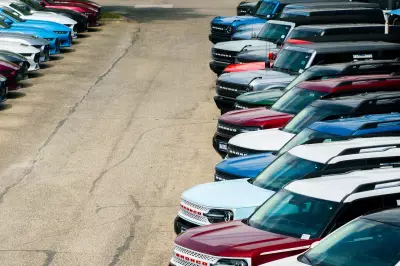
In a groundbreaking move that signals the future of urban transport, Uber has officially launched round-the-clock commercial robotaxi services throughout San Francisco. The ride-hailing giant has partnered with autonomous vehicle leaders Waymo and Cruise to bring driverless rides to the city's streets 24 hours a day.
The Dawn of Autonomous Urban Mobility
This landmark development represents one of the most significant expansions of commercial autonomous vehicle services to date. San Francisco residents and visitors can now hail completely driverless cars through the Uber app, marking a pivotal moment in the evolution of urban transportation.
The service integration means users can seamlessly request autonomous vehicles alongside traditional rides, with the app automatically matching passengers to available robotaxis based on proximity and route compatibility.
Strategic Partnerships Driving Innovation
Uber's collaboration with both Waymo and Cruise creates a robust network of autonomous vehicles capable of serving diverse passenger needs across the city. This dual-partnership approach ensures greater availability and coverage, addressing one of the key challenges in scaling autonomous ride-hailing services.
The expansion follows successful pilot programs and comes as regulatory bodies have granted broader operational permissions for autonomous vehicle services in California. This regulatory green light has enabled the around-the-clock operation that distinguishes this launch from previous limited trials.
What Passengers Can Expect
- 24/7 availability of driverless vehicles through the standard Uber app
- Seamless integration with existing ride-hailing options
- Expanded service coverage across San Francisco neighborhoods
- Similar pricing structure to traditional Uber rides
- Enhanced safety features and monitoring systems
The Future of Urban Transport
This development represents more than just another transportation option—it signals a fundamental shift in how cities might approach mobility. The successful implementation of commercial robotaxi services in a major metropolitan area like San Francisco could pave the way for similar deployments in other urban centres globally.
Industry experts are watching closely as this represents one of the first true tests of scalable, commercially-viable autonomous ride-hailing services. The data and experience gained from this expansion will likely inform future autonomous vehicle deployments worldwide.
As the technology continues to evolve and public acceptance grows, the success of Uber's San Francisco robotaxi service could accelerate the timeline for widespread autonomous vehicle adoption in urban environments across the globe.





